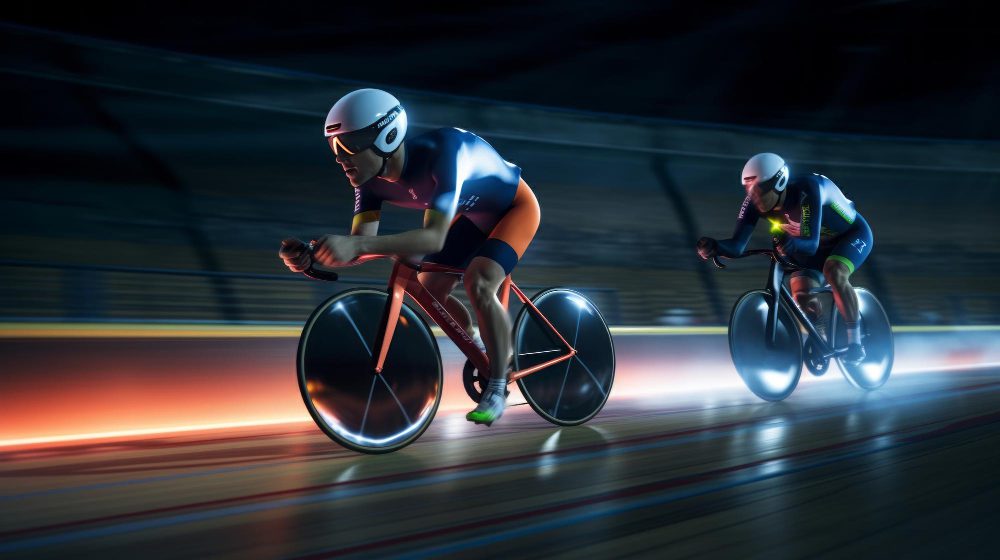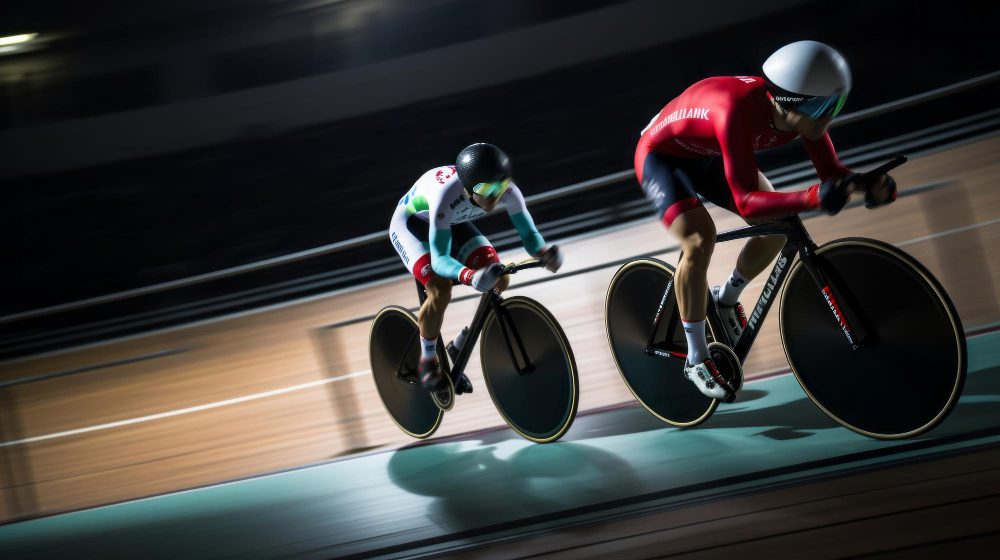Velodrome Races Explained
Introduction
Velodrome races are an exciting and fast-paced form of track cycling that has gained popularity in recent years. While it may seem daunting to the uninitiated, velodrome racing offers a unique and thrilling experience for both participants and spectators alike. In this article, we will provide a comprehensive explanation of velodrome races, including the different types of races, the rules and tactics involved, and the equipment used.
The Velodrome Track
Before diving into the intricacies of velodrome racing, it is essential to understand the velodrome track itself. A velodrome is a specially designed cycling track which consists of steeply banked oval or circular tracks. The high banking allows cyclists to maintain higher speeds while negotiating the curves, resulting in thrilling and fast-paced races.
The track surface is typically made of smooth wooden boards or concrete, allowing for optimal traction. Inside the track, there may be additional features such as sprinter’s lanes or pursuit lines, which are used to facilitate various types of races.
Types of Velodrome Races
There are several types of races that take place on the velodrome track. Each race has its own unique characteristics and rules, providing a diverse range of challenges for participants. Some of the most common types of velodrome races include:
- Individual Pursuit: In this race, two riders start on opposite sides of the track and compete to complete a set distance (usually 4,000 meters for men and 3,000 meters for women) as quickly as possible. The objective is to catch up with the opponent or achieve the fastest time.
- Keirin: Originating from Japan, this race involves multiple riders following a pacing motorcycle, known as a “derny,” for several laps before sprinting to the finish. It requires tactical positioning and timing to make a well-timed final sprint.
- Match Sprint: A thrilling one-on-one race where two riders compete head-to-head over three laps. The rider who crosses the finish line first wins. This race is known for its tactical maneuvers, such as drafting and sudden burst of speed to outmaneuver opponents.
- Team Pursuit: Similar to the individual pursuit, but with teams of four riders. The team must work together to complete the set distance as quickly as possible. The time is taken when the third rider crosses the finish line.
- Madison: In this team race, two riders from each team take turns racing around the track while the other rests. Riders “hand sling” or “exchange” by using momentum to propel the resting rider back into the race.
Race Tactics and Strategies
Velodrome races are not simply about physical strength and speed; they also require strategic thinking and tactical decision-making. Riders employ various tactics to gain an advantage over their opponents, and understanding these strategies is crucial for success in velodrome racing.
One essential tactic is drafting, which involves closely following an opponent in order to reduce wind resistance and conserve energy. By riding in the slipstream of another rider, cyclists can save energy, enabling them to unleash a burst of speed at critical moments.
Sprinters often use a technique called the “track stand” to outsmart opponents. This involves balancing without moving while waiting for the perfect opportunity to make a move. The ability to maintain balance at low speeds is essential for this tactic.
Timing is everything in velodrome racing, particularly in races like the match sprint and keirin. Riders need to carefully judge when to make their move, whether it be a sudden burst of speed to overtake the opponent or a well-timed sprint to the finish line.
Equipment Used in Velodrome Racing
To excel in velodrome racing, cyclists require specific equipment tailored to the unique demands of the sport. Here are some notable elements of velodrome racing equipment:
- Track Bike: Unlike road bikes, track bikes used in velodrome racing do not have brakes or freewheels. They have a fixed gear, enabling riders to pedal continuously and maintain control even during intense races.
- Aero Handlebars: These handlebars, also known as “pursuit bars,” provide a more aerodynamic riding position, reducing wind resistance and allowing riders to maintain higher speeds.
- Disc Wheels: Disc wheels are solid or spoked wheels without any openings. They minimize air resistance and improve the bike’s overall aerodynamics, contributing to increased speed on the velodrome.
- Skin Suits: Riders wear skin-tight suits made from lightweight materials to reduce drag and increase aerodynamic efficiency. These suits are designed to optimize performance and provide a streamlined silhouette.
The Thrill of Velodrome Racing
Velodrome races offer a unique and exhilarating experience that showcases the raw power, precision, and tactical prowess of cyclists. Whether you are a participant or a spectator, the fast-paced nature of velodrome racing is sure to captivate and keep you on the edge of your seat.
“Velodrome racing is a thrilling spectacle that combines speed, strategy, and skill. The intense battles on the track and the electrifying atmosphere in the stands make it a must-watch event for any cycling enthusiast.”
– John Smith, Professional Cyclist
So, whether you are considering taking up velodrome racing as a sport or simply want to enjoy the excitement as a spectator, delve into the world of velodrome racing, and experience the adrenaline-fueled thrill that it offers.
Conclusion
Velodrome races provide an exciting and unique experience for both participants and spectators. From individual pursuits to team events, strategic tactics to specialized equipment, the world of velodrome racing offers a captivating blend of athleticism, strategy, and adrenaline-pumping action. So, gear up, embrace the velodrome, and immerse yourself in the thrilling world of track cycling.


